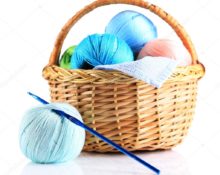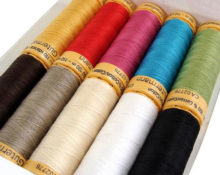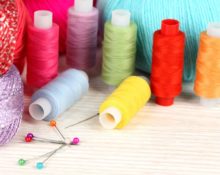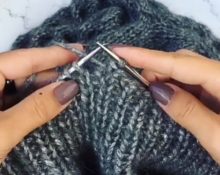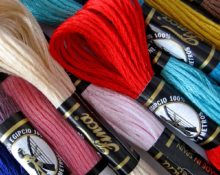For a tailor or home seamstress, different types of thread will always come in handy. A layman may not even be aware of the small intricacies of thread, but if they are not taken into account, there can be problems with the fabric, sewing and equipment.
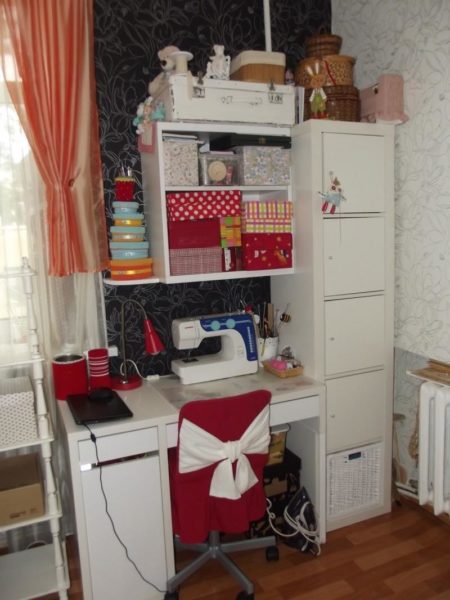
Types of thread used for machine sewing
There is a marking on the spool of thread. Few people probably paid attention to this, but by the 2-digit (in Russia) value you can find out the impurity, what fibers were used and the thickness of the thread.
LH – lavsan and cotton.
LL - lavsan and linen.
PE - polyester.
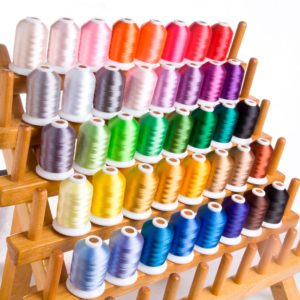
It is not so important to know the composition of the first two threads, the main thing is that the stitching from them is nice, smooth and reliable.
And here synthetic threads made of 100% polyester It is recommended to use when finishing stitches. They drive around overlock and details. Nylon is used when working with synthetics, and polyester thread for all other fabrics. Although strong, but thin. They have two advantages: they are durable and stretch well.
Cotton threads They are often taken for needlework and estimating work. And they color quickly. They are bought mainly for sewing natural products. But despite this, they are in demand by professionals and amateurs. And they are cheaper in price. Most popular thread size No50.
Nylon thread it is so camouflaged under the fabric that it can barely be seen. One of the disadvantages is that it is not durable for stitching parts, but without it there would be no brilliantly executed hems and finishing of seams.
Mixed pretty Cheap in price, durable and elastic. They find application in everyday life.
Reinforced threads can be called wear-resistant, elastic. They are divided into several designations: LH, LL, LS.
Nylon, moisture-resistant and rigid. They are used to stitch shoes and bags. In clothing they are also used for blind stitching or hemming.
Silk threads go to silk and wool, and then to other fabrics. Washing or ironing the fabric will not do anything. All you have to do is choose the right size.
How to choose the right thread for a sewing machine?
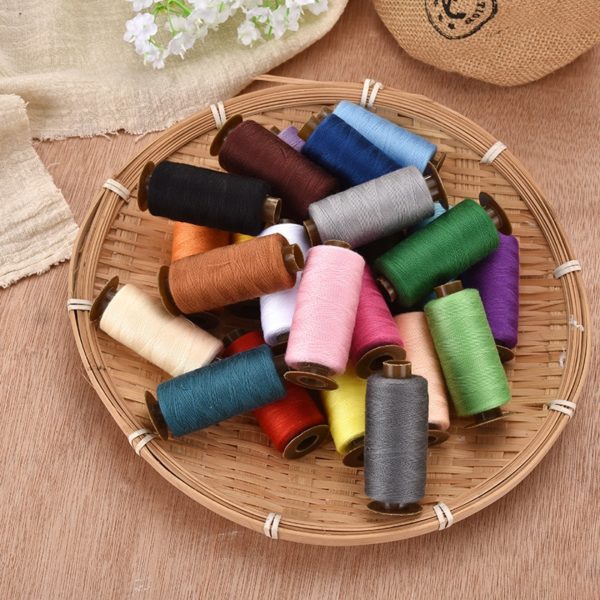
If you choose the wrong threads, they will tear the fabric and leave holes.
Used for knitwear polyester threads Sew swimsuits, underwear linen, corsets.
Water-soluble threads are used for basting. With them you can make markings and lines.
Cotton ones are used for sewing jeans and cotton.
Woolen threads with pile settle and tear. Suitable for embroidery on products, ties, winter and children's clothing.
For overlocker You can immediately take large spools of cone thread. Their twist is elastic, thin and will last a long time.
For decorative lines choose floss, spandex, nylon, thin for beading and macrome.
In sewing, sometimes there is a problem in the adhesion between the thread and a part of the sewing machine.Because of this, the fabric deteriorates, the texture deteriorates, and then the equipment.
It is important to remember that the secret of smooth, beautiful ties is that factories use elastic threads.
What threads are incompatible with a sewing machine?
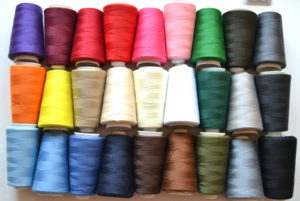
Sewing threads, or rather, their composition and properties affect the quality of the sewing machine. Because a good, adjusted machine will not produce high-quality stitching without the necessary threads. Threads that are too thin are not suitable, as they will break; if they are too thick, they will fray in the needle and eventually break. The wrong needle number and type may affect performance.
To avoid unnecessary troubles, you need to be able to choose the required threads. They must match the given fabric.
It is strictly undesirable to take Soviet cotton threads. Because of them, the line breaks off and turns out bad.
If the thickness of the thread does not match the fabric, unevenness and skipped stitches will result. And if the thread breaks, then this is a clear sign of a malfunction, more often of the threads than of the equipment.


 0
0